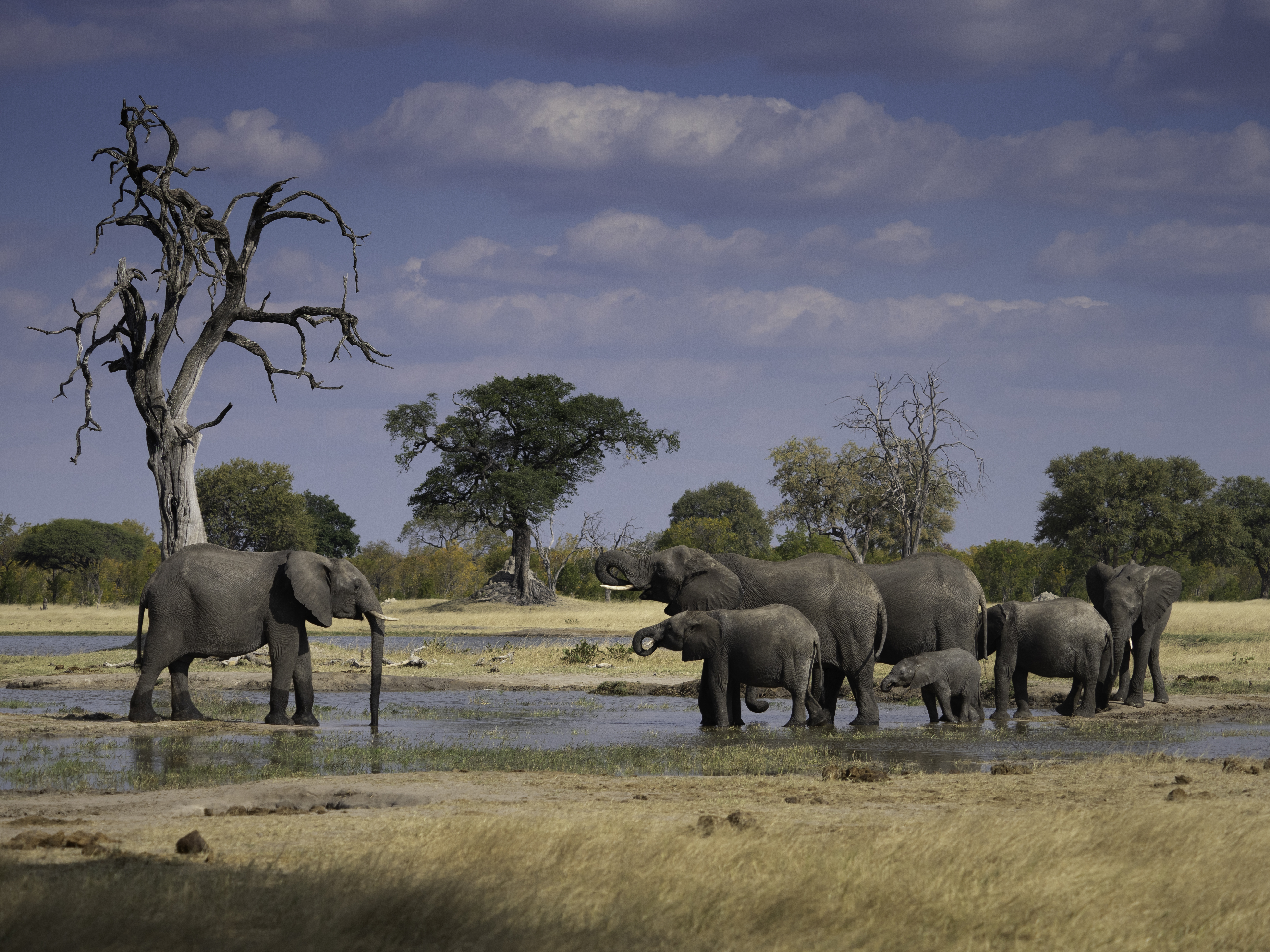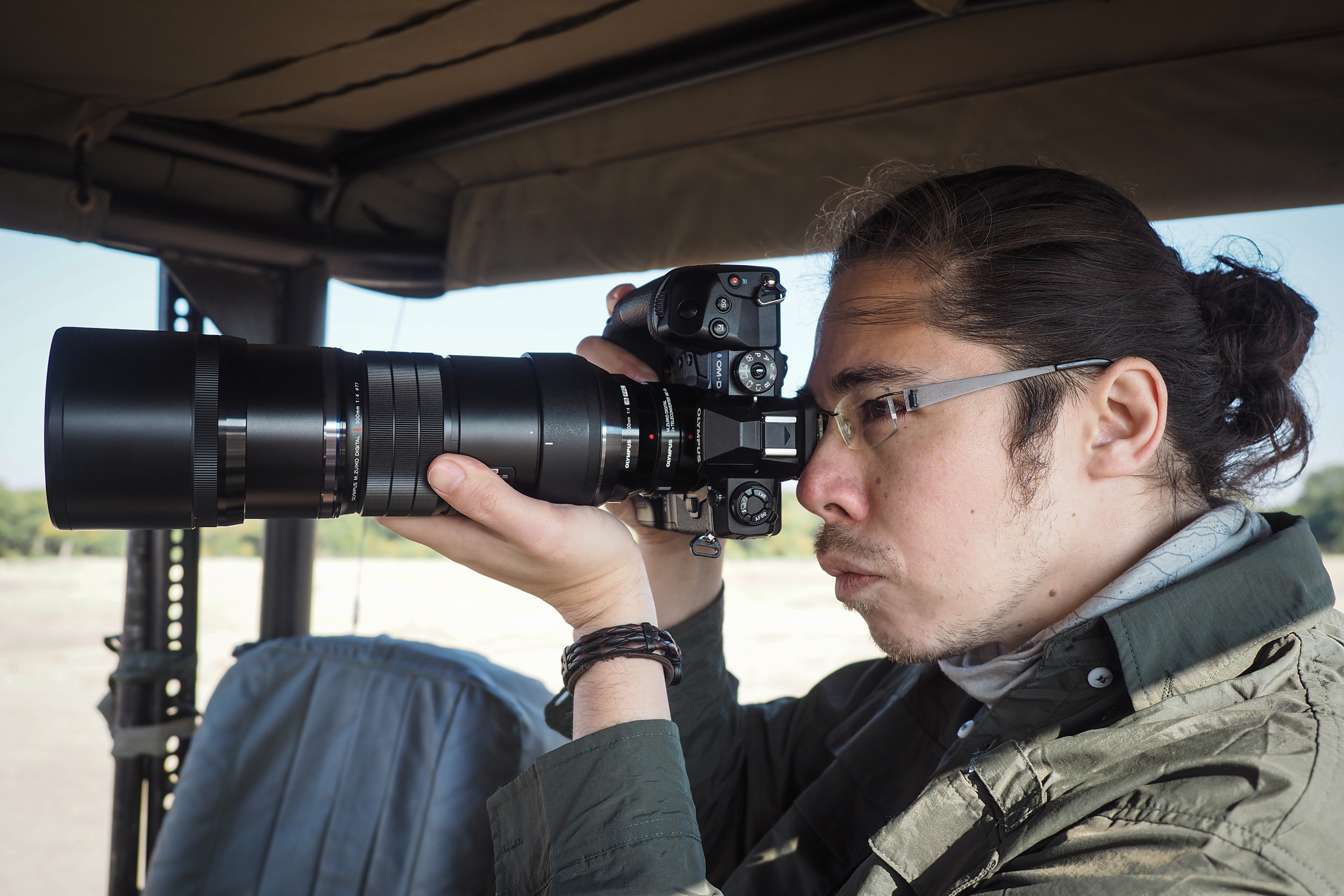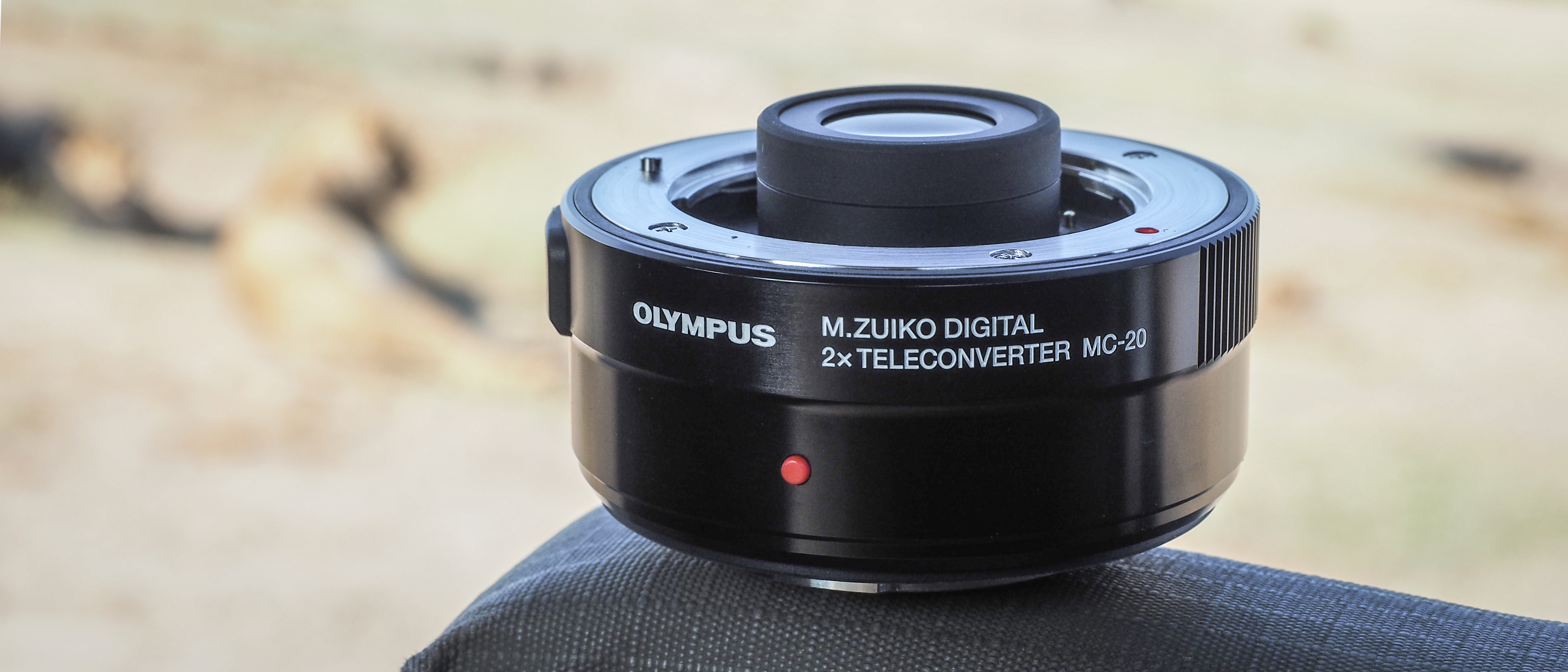Digital Camera World Verdict
Consider this: a standard 2x teleconverter doubles the focal length of a given lens. However, thanks to Micro Four Thirds' 2x crop factor, the MC-20 actually quadruples the focal length of its master lens. This transforms the compact Olympus 300mm lens (which is already half the size of a full-frame 600mm) into a whopping 1200mm equivalent lens, all while retaining the format's unique size and weight advantages. Using Olympus Sync-IS technology you get 5 stops of image stabilization, meaning you can shoot stills and video at 1200mm handheld!
Pros
- +
Doubles the focal length
- +
Actually quadruples it, in 35mm equivalent terms
- +
• Robust and weather-sealed
Cons
- -
Limited compatibility
Why you can trust Digital Camera World
The Olympus M.Zuiko Digital 2x Teleconverter MC-20 – which we'll call the MC-20 for the sake of brevity – does exactly what it says on the tin: it doubles the focal length of compatible lenses.
This kind of no-nonsense functionality usually makes teleconverters a bit boring to write about. However, when it comes to Micro Four Thirds (MFT), teleconverters suddenly become a whole lot more exciting.
• Read more: What is a teleconverter?
Given that MFT lenses have a smaller sensor with a 2x crop factor, the focal length of any mounted lens is inherently doubled. If you put a 25mm lens on an Olympus (or Panasonic) camera, the crop factor gives it a 50mm equivalent focal length in full-frame terms.
You can probably see where this is going. When you mount the Olympus 300mm f/4 IS Pro lens on an MFT camera, it automatically produces an equivalent focal length of 600mm. And when you add the MC-20 into the mix, it doubles the focal length yet again to give you a 1200mm equivalent lens.
Sometimes, the best things really do come in small packages.

Olympus MC-20 teleconverter: Compatibility
The MC-20 is compatible with three of Olympus' professional telephoto lenses: the 40-150mm f/2.8 Pro, the 300mm f/4 IS Pro, and the upcoming M.Zuiko Digital ED 150-400mm F4.5 TC1.25x IS Pro.
The teleconverter doubles the focal length of the master lens, which in the case of the 150-400mm results in an astonishing reach of 2000mm (working in tandem with the lens' integrated 1.25x teleconverter).
Of course the caveat, as with any teleconverter on any format, is a reduced maximum aperture of a given lens. A 2x converter results in a 2-stop reduction, meaning that the 40-150mm f/2.8 becomes an 80-300mm f/5.6, and so on.
It's not just the focal length and aperture that are doubled; the MC-20 also doubles the maximum shooting magnification of the mounted lens, which opens the door for unparalleled super telephoto macro photography.
Since it's designed to pair specifically with Olympus' Pro lenses, the MC-20 boasts the same market-leading weather-proofing, including freezeproof performance down to -10°C / 14°F.

Olympus MC-20 teleconverter: In the field
We first got hands on with the teleconverter in Zimbabwe with Wilderness Safaris, photographing wildlife on the African plains with the 40-150mm f/2.8 and 300mm f/4 lenses.
As you can imagine, the ability to achieve such extraordinary reach made it much easier to capture shots of lions, elephants, cheetah and other animals that don't take kindly to people getting too close.
With the MC-20 turning our compact Micro Four Thirds optics, with their already doubled focal lengths, into equivalent 160-300mm and 1200mm lenses, it underlined the unique power and portability of the Olympus system. Other folks on safari were using bags of DSLR kit with gigantic lenses, which still had nowhere near the reach of our gear – all of which fitted into a discrete backpack.
You don't have to go all the way to Africa to make the MC-20 a worthwhile investment, though. Professional wildlife photographer Tesni Ward shoots a lot of domestic wildlife, and this tiny converter enables her to keep a small, nimble kit bag light while still getting remarkable reach.

Olympus MC-20 teleconverter: Verdict
The Olympus M.Zuiko Digital 2x Teleconverter MC-20 is about twice as thick as its predecessor, the 1.4x Teleconverter MC-14. However, taking the Olympus 300mm f/4 as an example, the difference in magnified reach between the two lenses is a staggering 360mm (the MC-14 turning it into an 840mm equivalent, the MC-20 a 1200mm equivalent).
For the price difference between the two lenses, we would absolutely recommend the MC-20 – not only does it deliver super telephoto range for sports and wildlife shooting, it also doubles the magnification for super telephoto macro shooting.
It's a fantastic performer that, thanks to the optimum optical design of its master lenses, produces fantastic images that would otherwise be impossible to achieve on the system.
Pair it with the Olympus OM-D E-M1X and you also get the benefit of Sync IS (which employs the in-body and in-lens stabilization in tandem) that gives you 5 stops of image stabilization – meaning that you can shoot without a tripod. A 1200mm lens you can use handheld? That alone is worth the price of admission.
Read more:
The best Micro Four Thirds lenses for your Olympus or Panasonic camera
Olympus 150-400mm f/4.5 Pro + MC-20 converter deliver 2000mm range
What is a teleconverter, and how do I choose the right one?

James has 22 years experience as a journalist, serving as editor of Digital Camera World for 6 of them. He started working in the photography industry in 2014, product testing and shooting ad campaigns for Olympus, as well as clients like Aston Martin Racing, Elinchrom and L'Oréal. An Olympus / OM System, Canon and Hasselblad shooter, he has a wealth of knowledge on cameras of all makes – and he loves instant cameras, too.


